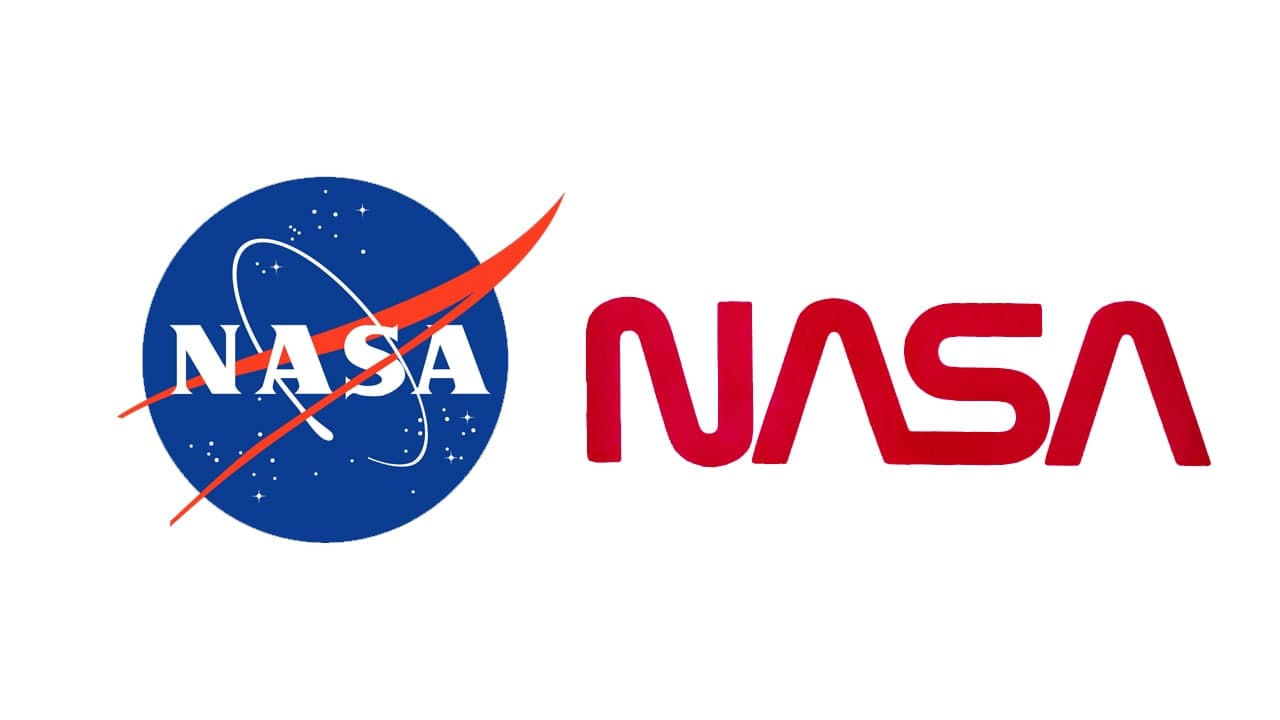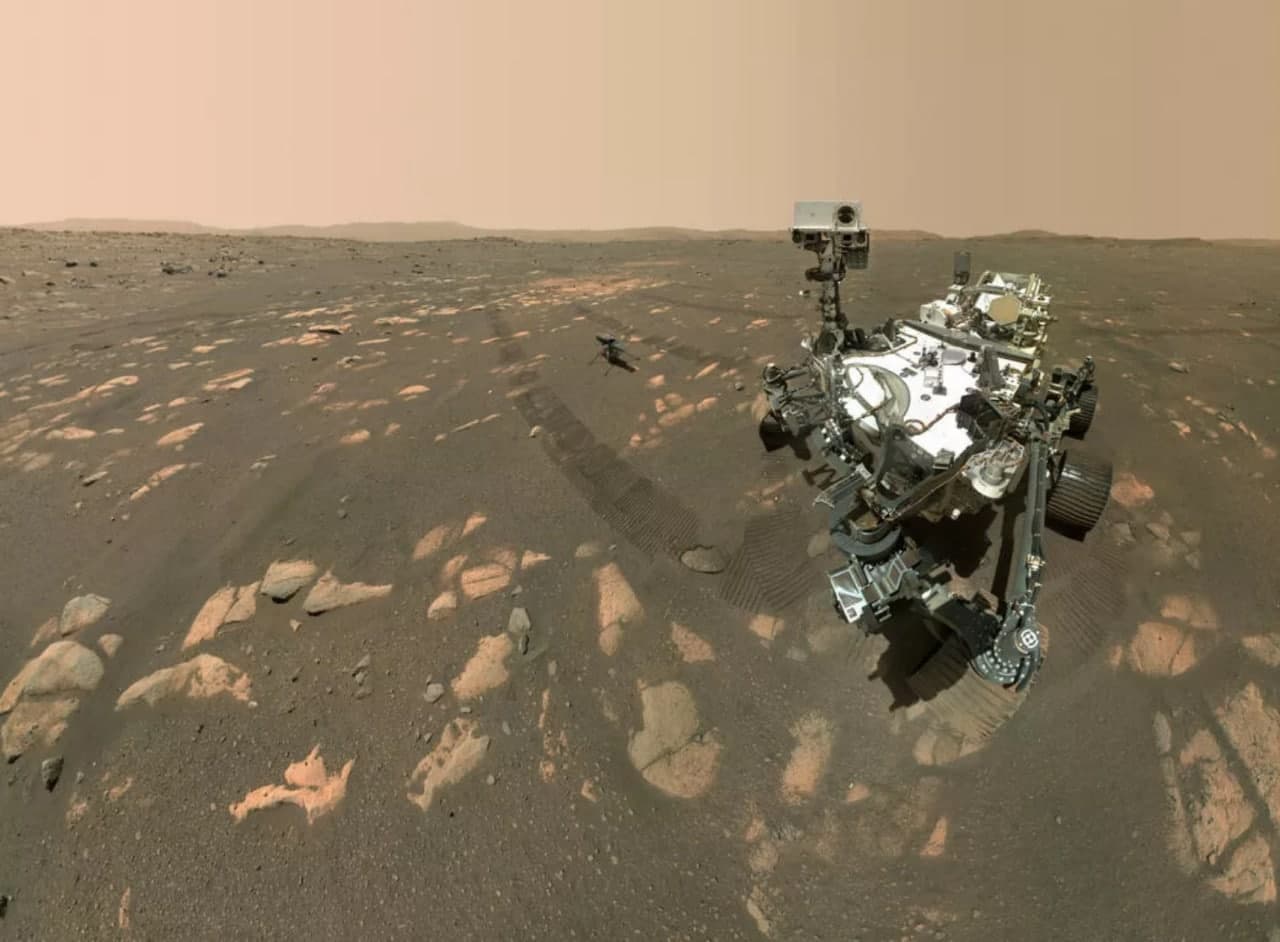According to the latest report, SpaceX Starlink Network, Amazon’s satellite project Kuiper, and other satellite companies won contracts from the National Aeronautics and Space Administration (NASA) to demonstrate space communications, totaling $278.5 million.
Join tip3x on Telegram
Currently, NASA is replacing existing satellite networks with systems built by private companies and hopes to introduce more commercial activity in areas such as space communications and human spaceflight.
Among them, Amazon’s Kuiper project and the SpaceX Starlink network each won $70 million in investment from the contract, and other satellite companies such as Inmarsat, SES, Telesat, and ViaSat also took a share of the contract.
Moreover, NASA currently communicates with spacecraft in orbit through a network of tracking and data relay satellites. This communication system is also currently used by SpaceX’s manned Dragon spacecraft to and from the ground and the International Space Station.
 “Our goal is to have industry partner with us to develop communications networks not only for NASA but for other space customers, with the goal of reducing operating costs,” said Eli Naffah, NASA’s communications services program director.
“Our goal is to have industry partner with us to develop communications networks not only for NASA but for other space customers, with the goal of reducing operating costs,” said Eli Naffah, NASA’s communications services program director.
Under the contract, Amazon and SpaceX are expected to complete the development and demonstration of the satellite network by 2025, NASA said in a statement.
Furthermore, Amazon’s Kuiper Project consists of more than 3,000 satellites to provide broadband Internet service to remote areas. SpaceX’s Starlink project is a larger satellite Internet network with about 2,000 satellites in orbit.
Analysts say competition is fierce, chief among them SpaceX, Amazon, and Telesat in providing satellite internet services. Such a service, while expensive, could generate billions of dollars a year when fully operational.
SpaceX’s Starlink project, while unfinished, already has thousands of customers. Amazon’s Kuiper Project is even further behind, aiming to launch two prototype satellites for the first time by the end of 2022.











